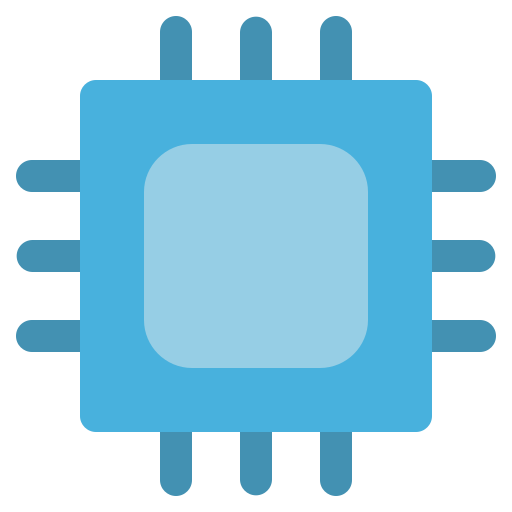

My understanding is that basically the political issue is that as we shifted to a more-specialized set of people working in various areas, experts — usually people with a university education in a particular relevant area — became the decision-makers. That led to some other people feeling disenfranchised, feeling that they had no input, because nobody cared about their positions.
That became exacerbated on things like homosexuality, where you had the reclassification of homosexuality in the DSM causing domain experts to be touching on things that some felt to be value questions, things that should not be a matter for specialists.
So what the Trump administration is doing is letting people feel that they’re getting to have their input, even though they aren’t some elite domain expert. Democracy has been restored, because now Joe Blow gets to say things and be have his voice visibly heard, rather than just being condescendingly ignored by bureaucrats who make the calls.
Trump beating up on Ivy League universities is political theater putting them in their place.
Stuff like that. Makes people who felt disempowered feel like order has been restored.







Realistically, I suspect that a smartphone battery is enough to start a fire. I doubt that there is any chance that every dog owner is going to keep smartphones out of pet reach.